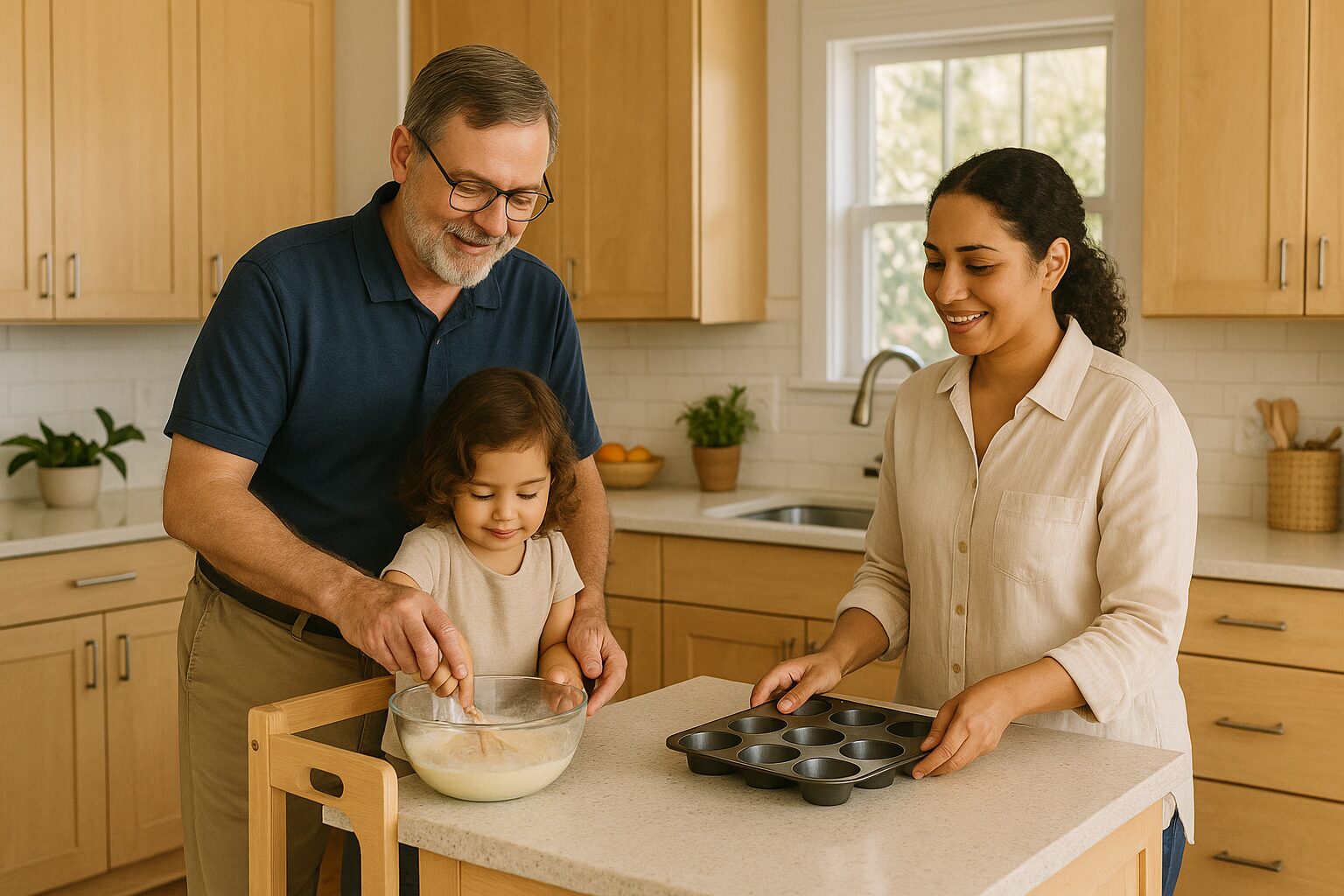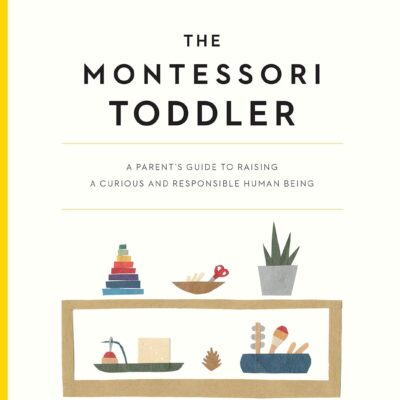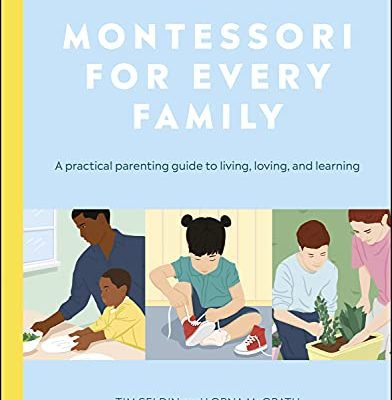
A common worry I hear from parents is: “I love Montessori, but I’m not a trained teacher.” It’s a real concern, especially for parents of toddlers and young preschoolers just discovering the Montessori approach. But let me be clear—you don’t need a credential to bring Montessori into your home. What you need is a curious spirit, a respectful relationship with your child, and a willingness to slow down and be present.
Montessori at home doesn’t require you to recreate a classroom. You don’t need specialized training or a room full of wooden materials. The real magic happens in the everyday moments—in the rhythm of daily life, where your child learns by doing, by observing you, and by participating in the meaningful work of your home.
Picture a mixed-race couple in their bright kitchen, sunlight pouring in through the windows. Their three-year-old daughter stands on a wooden learning tower, stirring batter in a bowl while her father holds it steady. Her mother is nearby, placing muffin tins on the counter and chatting gently about what they’re baking. This is Montessori at home. It’s not about lesson plans. It’s about inviting your child to be part of your world, to do real things with real tools, and to feel capable and trusted.
Children between the ages of one and a half and four are in a powerful stage of development. They crave participation and purpose. In Montessori, we honor this by including them in the real work of daily life. Helping with breakfast, watering plants, sorting socks, brushing the dog, or cleaning up a spill—these are all learning opportunities. They build fine motor skills, coordination, and—most importantly—confidence. Children begin to feel that they matter. That they can do things for themselves. That they are not just observers in the family—they are participants.
We often underestimate what young children are capable of. But if you slow down and invite them in, they will surprise you. A toddler can carry their own plate to the sink. A three-year-old can help fold napkins or dust a shelf. It may take longer, and it may not be perfect, but that’s not the point. What matters is that the child begins to see themselves as competent.
Montessori also teaches children to follow a process. When we give them time and space to work through a task—whether it’s slicing a banana or cleaning up spilled water—they develop executive function skills that will serve them for life. They learn to plan, to concentrate, to finish what they start. These early experiences lay the foundation for attention, memory, and self-control.
And beyond skills, there’s something even deeper being nurtured: the child’s sense of self. When a child contributes to their home—not because they are told to, but because they want to—they feel dignity. They feel belonging. And they begin to understand what it means to be part of a community.
That’s the real work of Montessori at home. It’s not about educational outcomes or hitting milestones. It’s about building strong relationships within the family and giving your child a sense of purpose and pride. When your child is invited to help wash vegetables for dinner, or put on their own shoes, or carry a basket of clean laundry, they are learning responsibility, independence, and grace.
We want to encourage parents to let go of busywork and worksheets and instead embrace the richness of real life. A worksheet may keep a child occupied, but it doesn’t nurture their spirit. It doesn’t build connection. It doesn’t say, “You belong here.” The daily tasks of the home do. And that’s the heart of Montessori.
You don’t have to do it all at once. You don’t need to be perfect. You just need to begin. Start by slowing down. Watch what your child is drawn to. Invite them into your world. Let them mix the pancake batter, match socks, and scrub potatoes. Be patient. Be present. And trust that these small acts—done together with love—are building something powerful.
No, you don’t have to be a teacher to bring Montessori home. You just have to be a parent who believes in your child and values the time you spend together. And when you do, your home becomes more than just a place of shelter. It becomes a place of learning, of growth, of joyful connection—and a space where independence, grace, and belonging quietly take root.








